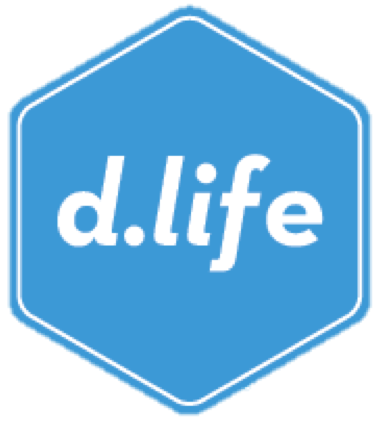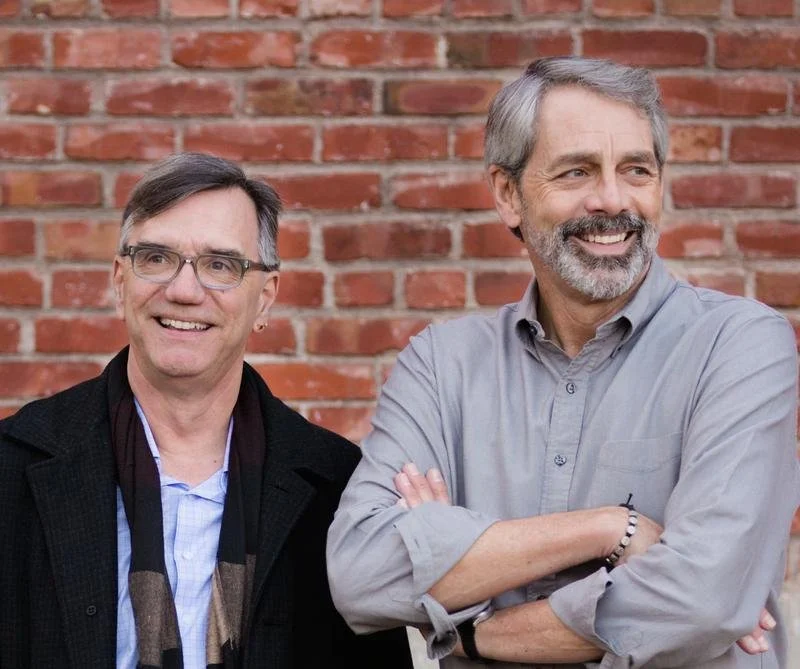ABOUT THE LAB
MISSION & VISION
HISTORY
Bill Burnett (left) & Dave Evans (right)
The core ideas for the Designing Your Life class and the other classes that have resulted at Stanford are almost eight years in the making. It all started when Dave Evans asked Bill Burnett to lunch to pitch him an idea about a class to help his product design students “find jobs.” Dave hypothesized that these students, being in a very multidisciplinary and unique major, might have more trouble than most finding their first job. Dave describes the meeting this way, “I thought this was going to be a multipart discussion and that I’d have to have a couple of meetings to sell Bill on this idea. Within 15 minutes, I had the deal done!” Bill’s version is simpler, “Dave hit on need that I’d been working on for 15 years in office hours, one student at a time. Given Dave’s experience teaching a class on vocation at Berkley and his success as a business guy and an executive coach, when he suggested teaching a class together I jumped at the chance to work with him.”
Practicing what they preach, Dave and Bill decided to run a quick, low resolution prototype of the design thinking material they were considering using. Bill invited eight current and former advisees to a 2 hour, two night session over the summer. The Wednesday session went great; the Thursday session just wouldn’t stop. After the two hours of planned exercises, the students took over the discussion. Around eleven, when Bill and Dave insisted that they were done, one of the students turned to them and said, “No, we are not done yet. This is important stuff and you don’t understand. We don’t have any place in our lives where we can talk about this stuff!”
Zoom forward to today where the Life Design Lab hosts three classes at Stanford, and are some of the most popular electives on campus. They’ve refined the design exercises again and again to make them more efficient and actionable. The method has been the subject of two PhD theses and had demonstrated significant results in helping people design the life they want. The method is centered on the principles taught in the Product Design Program and the d.school at Stanford. Called “design thinking”, it is a process and a way of thinking about tough-to-solve problems. Most importantly, these classes provides a “place to talk about this stuff.”

